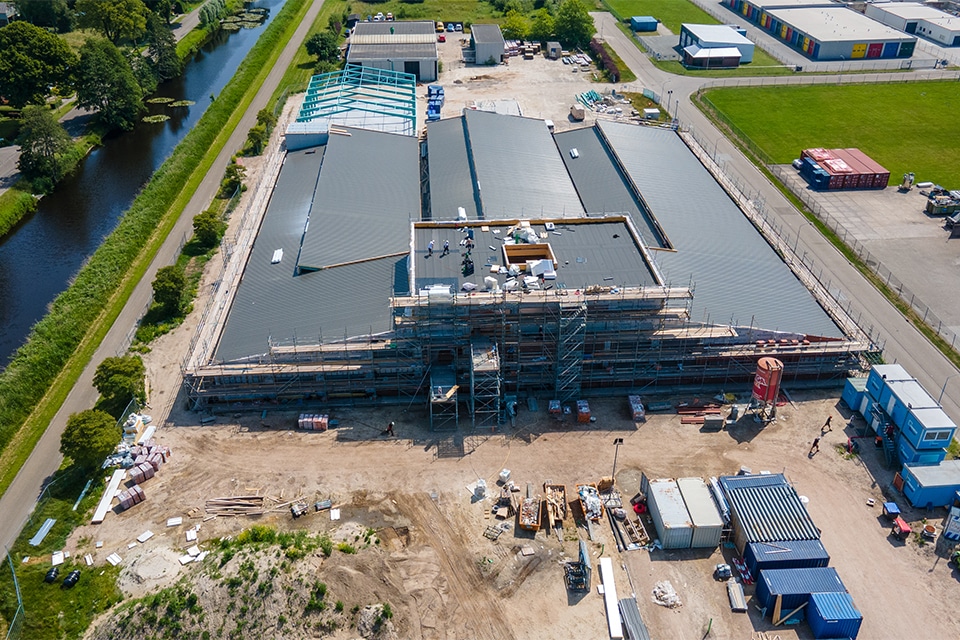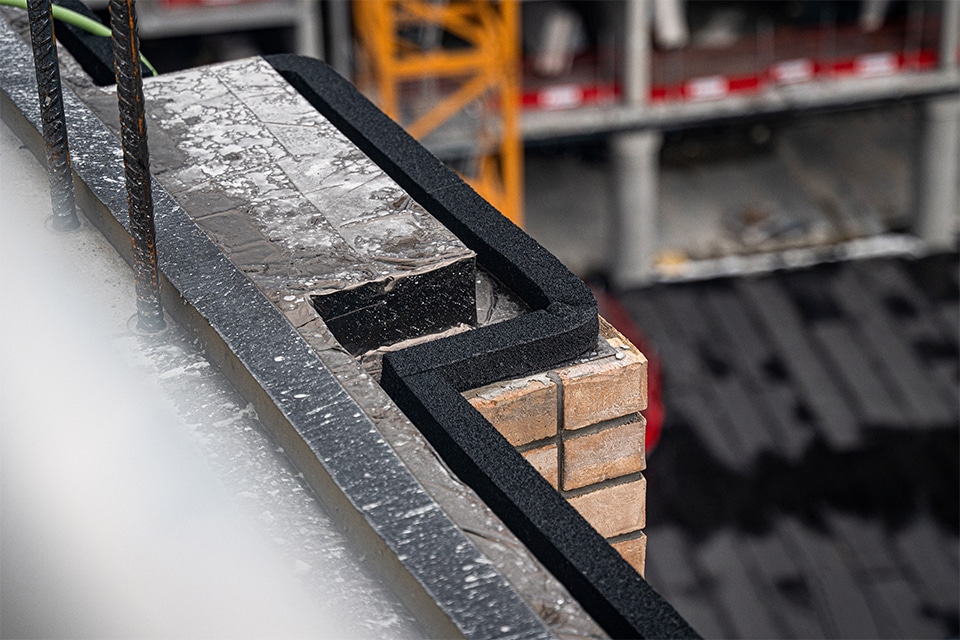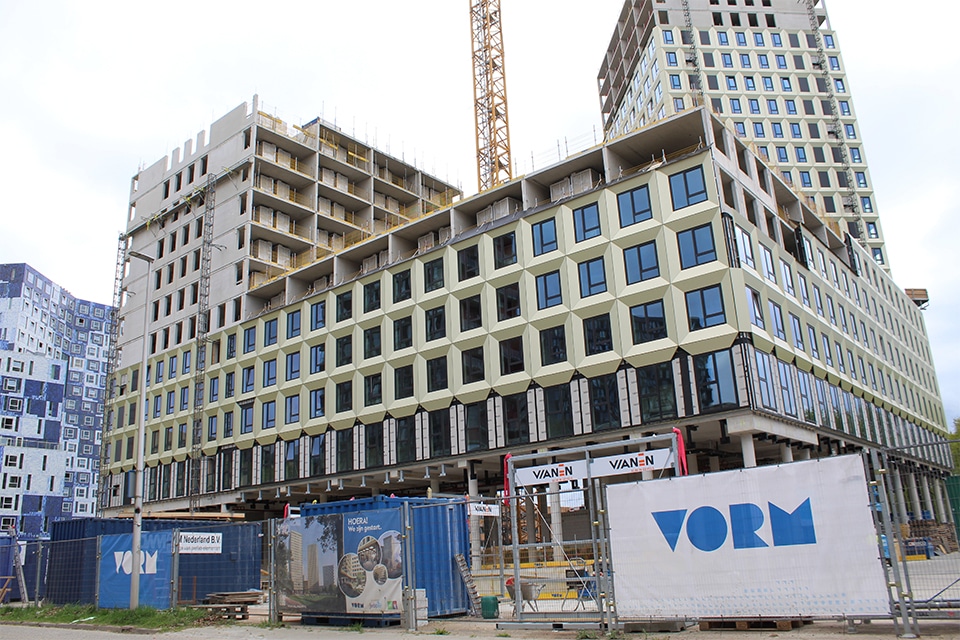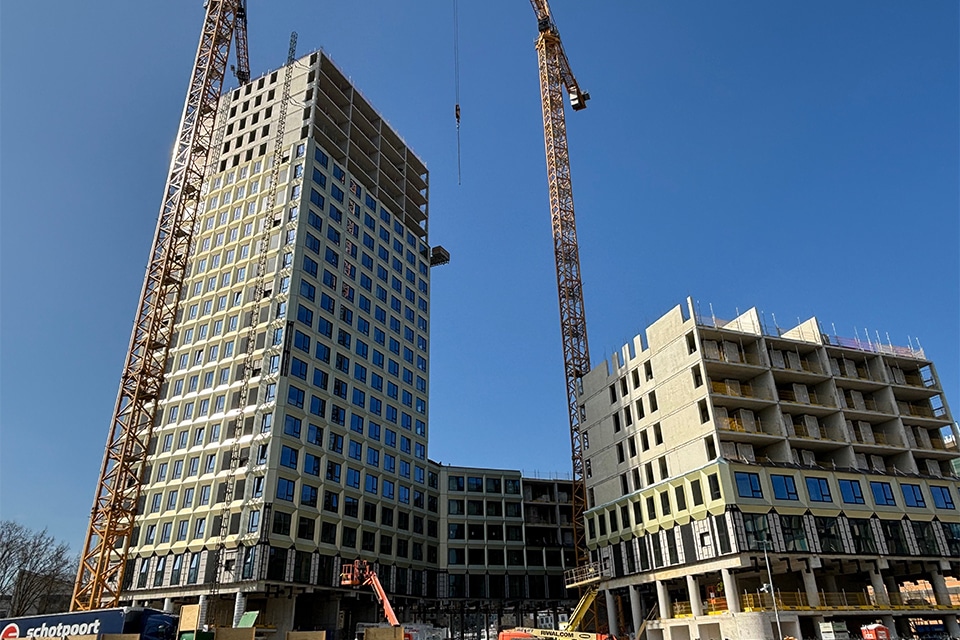
Green light for green team
Earning with sustainability
The efforts of Van den Pol Elektrotechniek's green team are in high demand, with high energy costs as an additional trigger. The sustainability specialists advocate an integral approach. And for realism. "Preserving makes money, but don't get too rich." You don't have to. Due to the increase in value of real estate, sustainable investments are also profitable in the long term.
Working more sustainably and smarter is in Van den Pol's DNA. An attractive calling card is the 44-year-old company building. The Montfoort-based E-specialist brought it up to energy label A++++ and is now Paris Proof.
Towering
"We also help clients with their sustainability efforts, especially now that energy prices are sky-high," says consultant Paul van der Maas. Those high costs are an additional trigger for the deployment of Van den Pol's green team. This team consists of experts from various disciplines, supplemented by colleagues from procurement and execution. "As soon as a project calls for it, we scale up further," says fellow consultant Emmely Slingerland.
Independent advice
Both specialists advocate an integrated approach. Van der Maas: "Our online sustainability tool provides quick insight into investments and savings. In doing so, we are not tied to one solution or supplier. Advice is always independent."
A smart approach starts with saving. "What you don't consume, you don't have to generate sustainably. Installations are often not optimally adjusted. Such an adjustment is really low-hanging fruit, just like replacing traditional lighting with LED. A great way to save money in the short term. LED provides better light at lower costs, while increasing productivity."

Sun and wind
With high energy prices, generating your own green power is more interesting than ever. Van den Pol has 25 years of experience in the construction and maintenance of solar power installations. EVI Montfoort, the independent inspection branch, ensures safety with a SCIOS scope 12 inspection. "Requirements from insurers are becoming increasingly stringent," says Slingerland. Sometimes a PV installation requires the roof structure to be reinforced. "Earlier that was a reason to postpone an investment. Now we almost always get the green light."
In addition to PV installations, Van den Pol is increasingly deploying Windwokkels. "With this compact wind turbine, customers make optimal use of complementary green energy sources. Because even when the sun is not shining, wind generates sustainable energy."
Offsetting
With a battery system, energy generated by the sun or wind can be used at a later time. Slingerland: "Because of net-metering, feed-in is currently still more advantageous than storage. It would be good if the government also subsidized storage. Without external necessity, an investment in battery systems is often not yet attractive."
Bypassing grid congestion
Grid congestion is one such external cause. "Increasingly, new construction is getting only a minimal grid connection," Van der Maas observes. "For many users, that is insufficient. Solar energy feed-in is also becoming limited." A battery system then offers a solution, with smart synchronization of generation and consumption. "Both by storing self-generated energy and by preventing peak consumption. As a result, a smaller energy connection suffices."
Conservative
Where energy costs rise sharply, the payback period for renewable investments makes a reverse move. "Depending on the situation, it can more than halve," says Slingerland. Still, she advises customers not to count themselves too rich. "The high energy price is not forever. That's why we are conservative when calculating savings."
Property values rise
Sustainability not only has a short-term financial impact. "With an Energy Label A or BREEAM certificate, the value of a building increases," Van der Maas knows. The same goes for rentability, an important trigger for financiers. "Real estate with high energy consumption and a poor indoor climate is finding it increasingly difficult to find a user. This ensures that sustainable investments are also profitable in the longer term."



